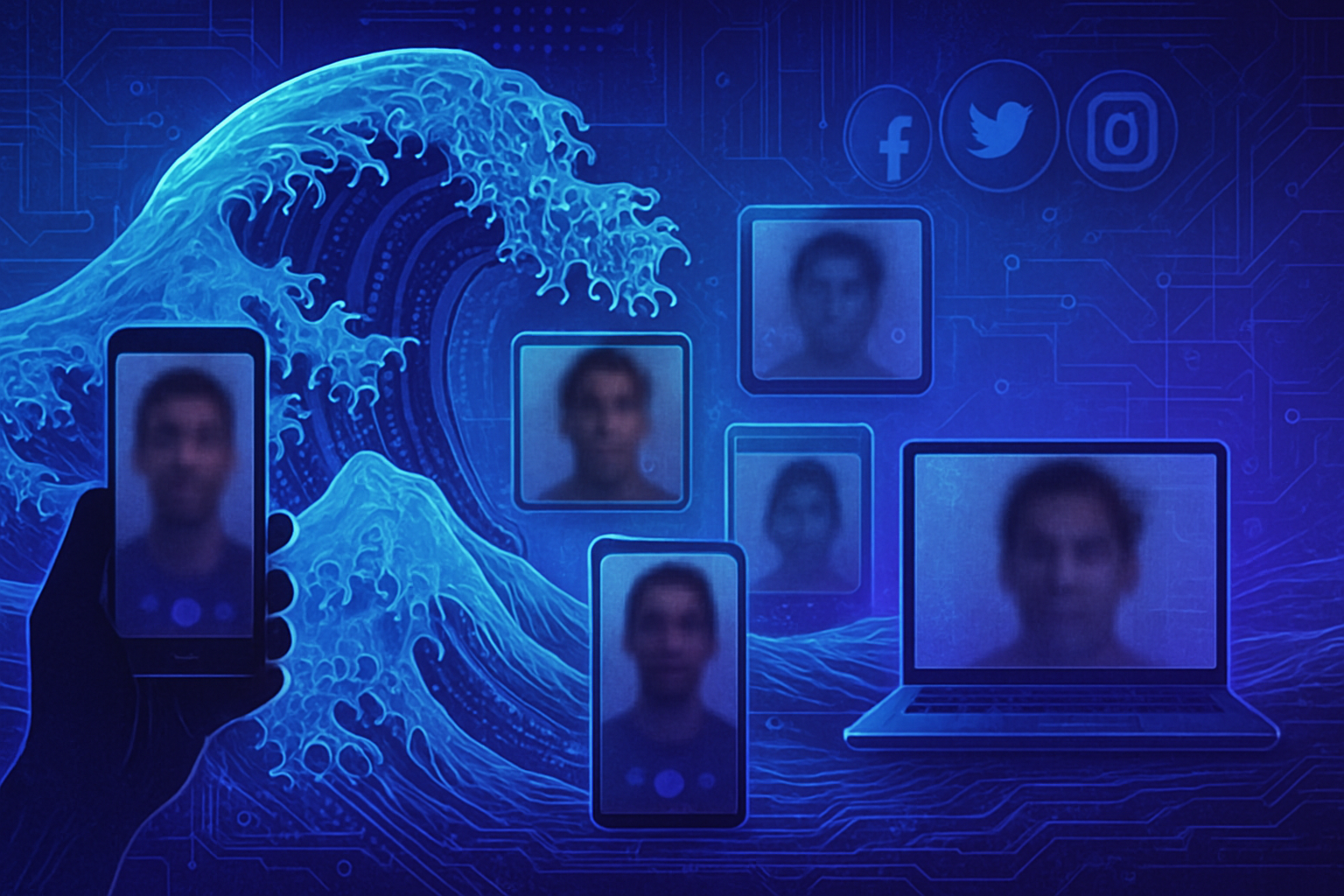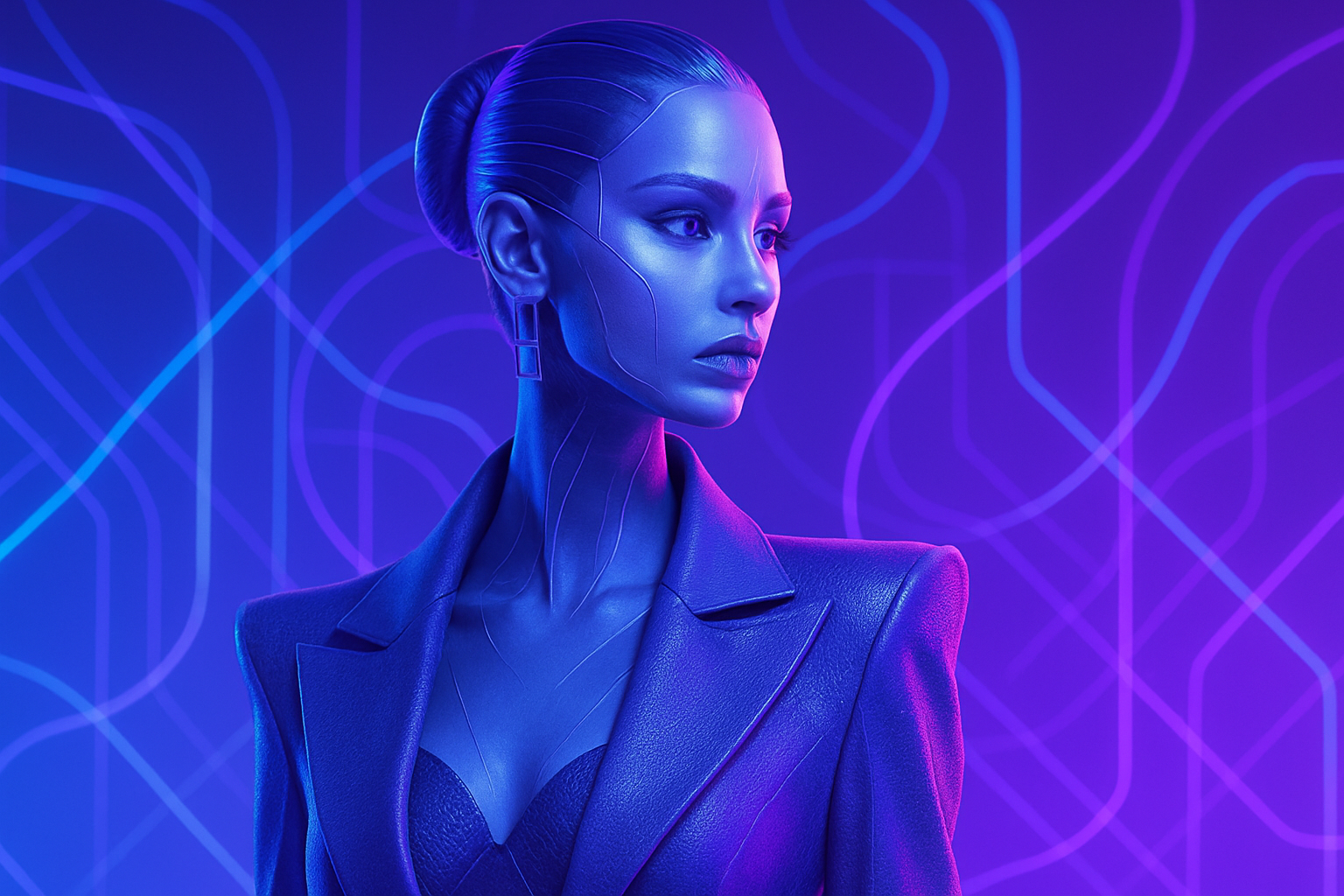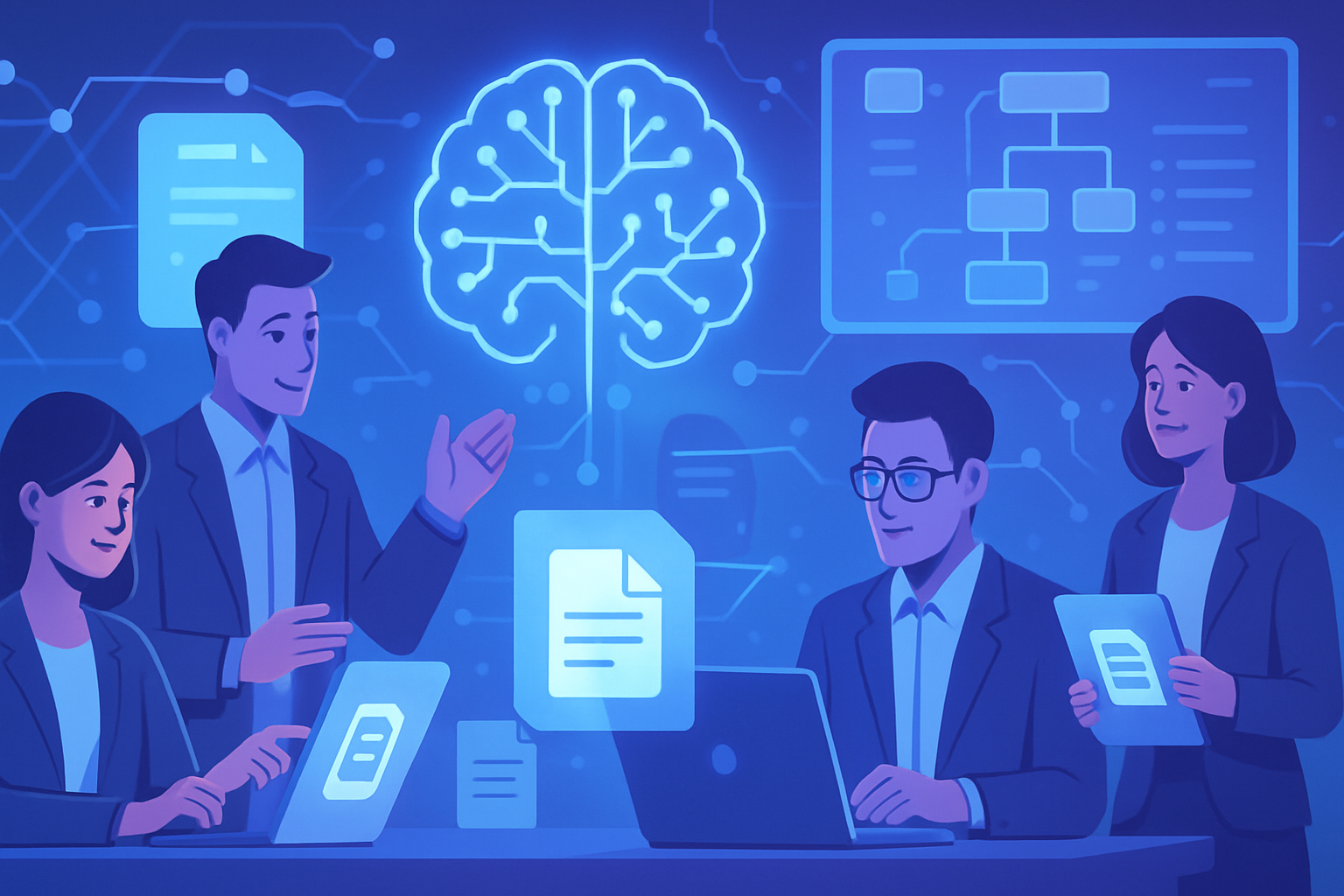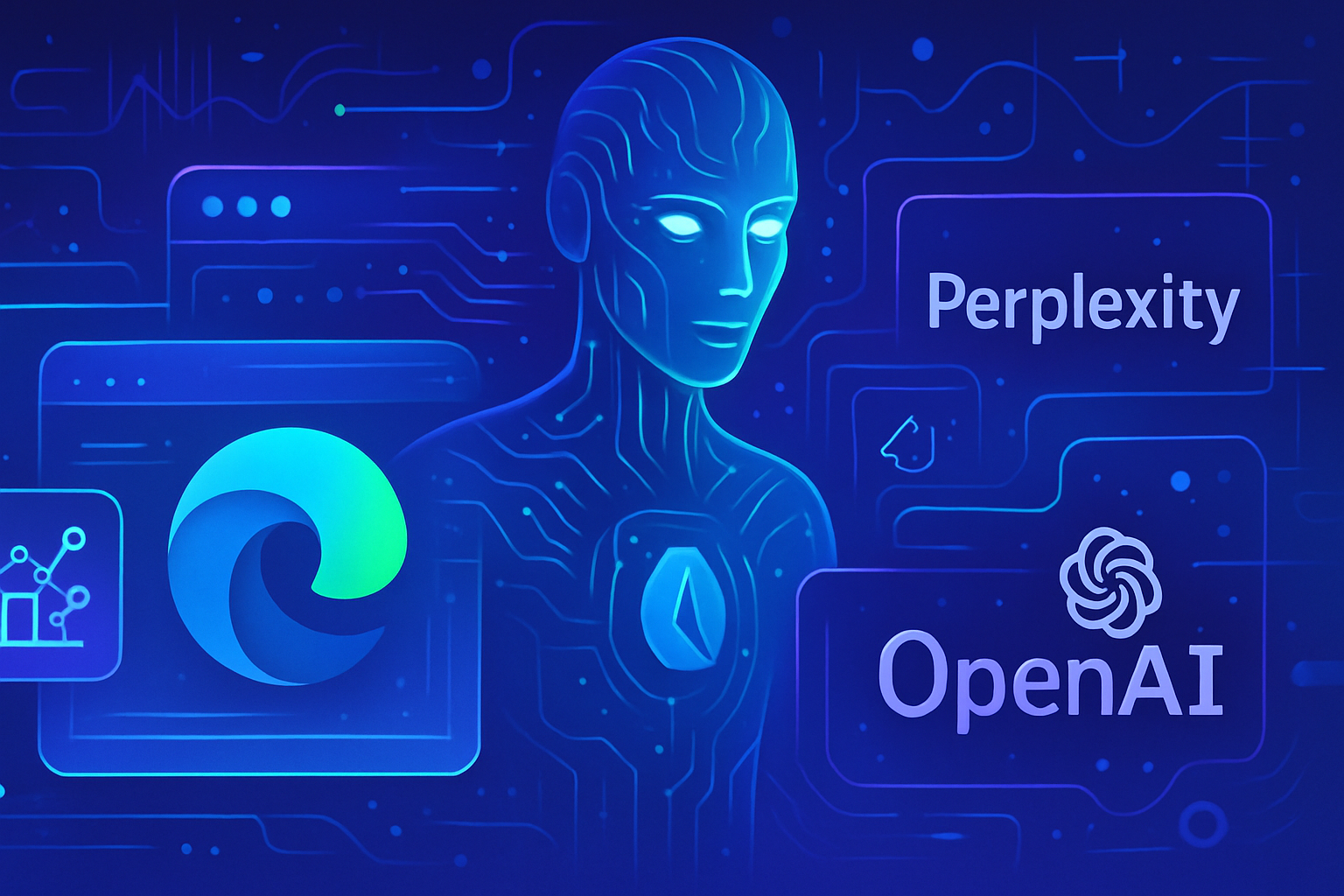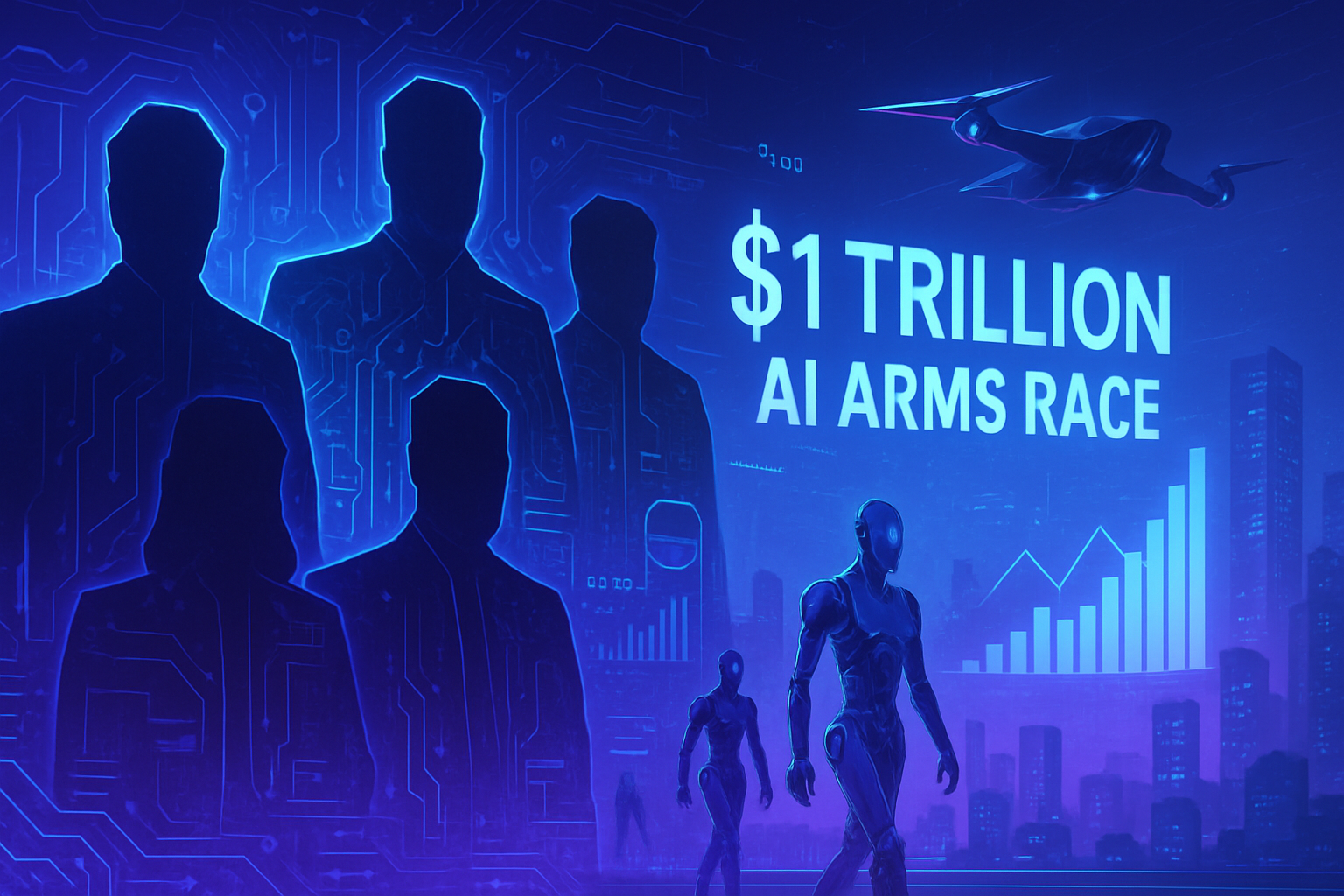Racist videos are proliferating, spreading stereotypes and prejudices through artificial intelligence. Sophisticated tools like Veo 3 show disturbing images, illustrating an alarming reality. _Many accounts on TikTok flood the platform with content conveying hatred and discrimination_, mainly targeting Black, Arab, Asian, and Jewish communities. The impact of this digital onslaught questions the ethics and regulation of AI, raising pressing questions about our society.
A proliferation of discriminatory content
Derogatory videos are currently flooding French social networks, particularly on TikTok. These contents are created using Veo 3, a video generation tool by artificial intelligence developed by Google. Stereotypes related to specific groups, particularly Black, Arab, Asian, and Jewish individuals, are widely propagated, contributing to a climate of tolerance towards digital racism.
The mechanism of video creation
Videos generated by Veo 3 mimic various popular formats on the Internet, such as man-on-the-street interviews and selfie vlogs. This stunning realism, regardless of previous approximations, allows for the reproduction of offensive scenarios with little technical effort. Posts are multiplying, fueled by accounts eager for derogatory clichés.
Examples of racist content
A striking example illustrates this drift: a gorilla, accompanied by its pet pig, scares veiled women in front of the Family Allowances Fund. This video is entirely produced by the Veo 3 software, representing a pinnacle of absurdity and brazen racism. Other equally inappropriate scenes, featuring Black children fighting over a bucket of KFC chicken, continue to stream in unabated.
Impacts on social perception
These videos do not merely entertain; they also reinforce stereotypes depicting minority groups in a degrading manner. The normalization of such content on platforms accessible to all raises enormous concerns. These postings infiltrate minds, influencing collective perception and trivializing harmful prejudices.
Reactions and measures taken
In the face of this worrying rise in hateful content, several actors are mobilizing to counter this trend. Under pressure, companies like IBM announce they will stop facial recognition, thus fighting against technological racism. Furthermore, initiatives are emerging to raise awareness of the phenomenon, providing educational resources to users and content creators.
The limits of regulation
The regulation of content generated by artificial intelligence represents a colossal challenge. Indeed, platforms struggle to establish effective oversight of postings. The absence of effective legal frameworks and the speed at which these videos spread exacerbate the situation. Are the efforts made so far truly sufficient to prevent misinformation and the spread of racism?
Towards collective awareness
French society must now question the responsibility of creators and platforms. A call for vigilance and education about the harmful effects of this content is becoming increasingly urgent. A deep reflection on how to counter misinformation and promote positive diversity is essential for the future.
To delve deeper into the theme, one can consult articles about the impact of artificial intelligences on discrimination, the controversy surrounding public figures in the field, and recent innovations like ANI and Rudy, which aim to rethink algorithmic biases. Additionally, the promise of new initiatives by Meta and IBM’s fight to abolish potentially harmful technologies opens a path towards an inclusive future.
Frequently asked questions
What is generative artificial intelligence and how is it used in video content creation?
Generative artificial intelligence is a technology that enables the creation of video, audio, or textual content from existing data. Tools like Google’s Veo 3 use algorithms to synthesize videos by mimicking popular online styles and formats.
What types of racist content are disseminated on social networks through generative AI?
Racist content varies, ranging from stereotypical videos about different ethnic groups to humorous yet offensive depictions. These contents are often inspired by clichés and propagate harmful stereotypes about Black, Arab, Asian, and Jewish people.
How can this content be reported on social platforms like TikTok?
Users can report offensive or racist content using the reporting tools integrated within social platforms. It is important to provide detailed feedback so that moderators can effectively manage reports.
What is the impact of these AI-generated videos on French society?
These videos reinforce harmful stereotypes and can contribute to a climate of division and discrimination. They influence social perceptions and may also incite racist or discriminatory behavior.
Are there legal measures against the dissemination of AI-generated racist content?
Yes, France has laws that prohibit the dissemination of hateful or discriminatory content. However, enforcing these laws on AI-generated content poses legal challenges, requiring a deep understanding of the responsibilities of creators and platforms.
How can parents protect their children from racist content online?
Parents can monitor their children’s use of social networks, discuss issues of discrimination, and use filtering and parental control tools to limit access to inappropriate content.
What actions are technology companies taking to counter the spread of racist AI-generated content?
Technology companies are implementing more effective moderation systems and developing algorithms capable of detecting and removing this content. They also collaborate with experts to understand and mitigate biases in AI systems.
How can education help combat the problem of AI-generated racist content?
Education plays a key role in raising young people’s awareness of the dangers of misinformation and stereotypes. Educational programs on diversity, inclusion, and critical thinking can help individuals recognize and respond to these harmful contents.
